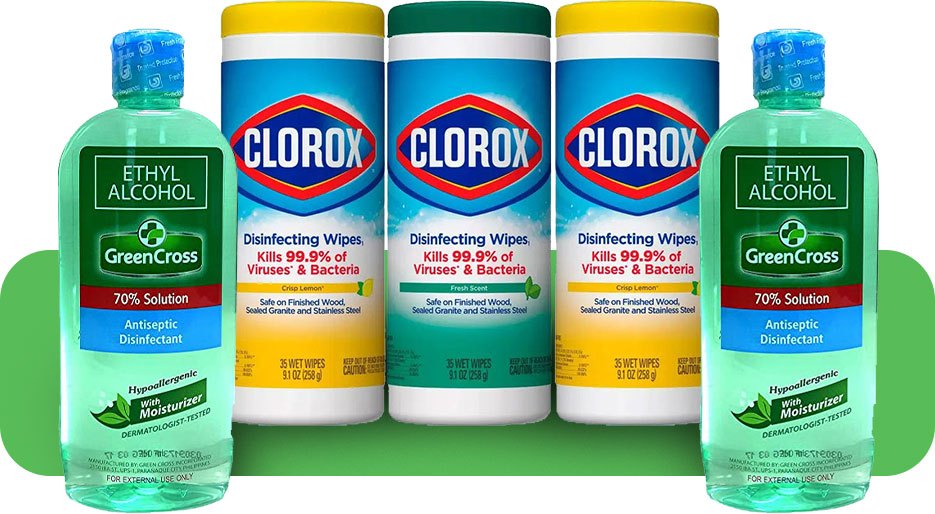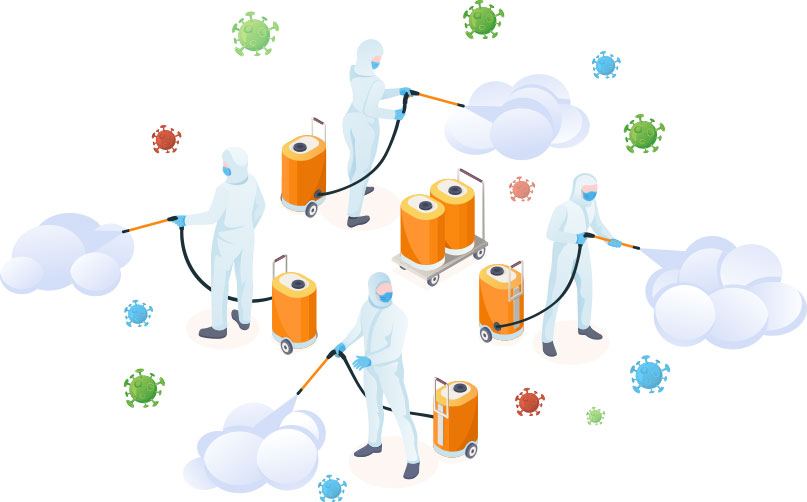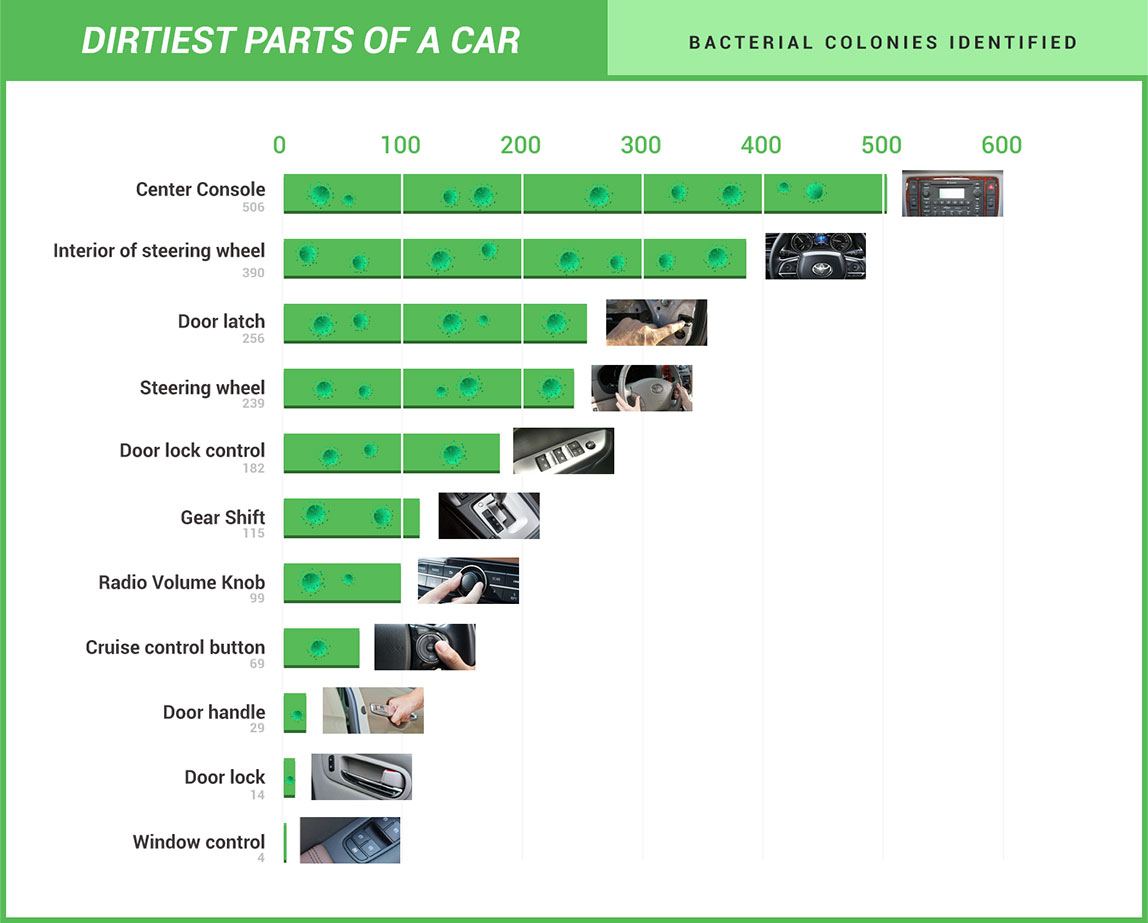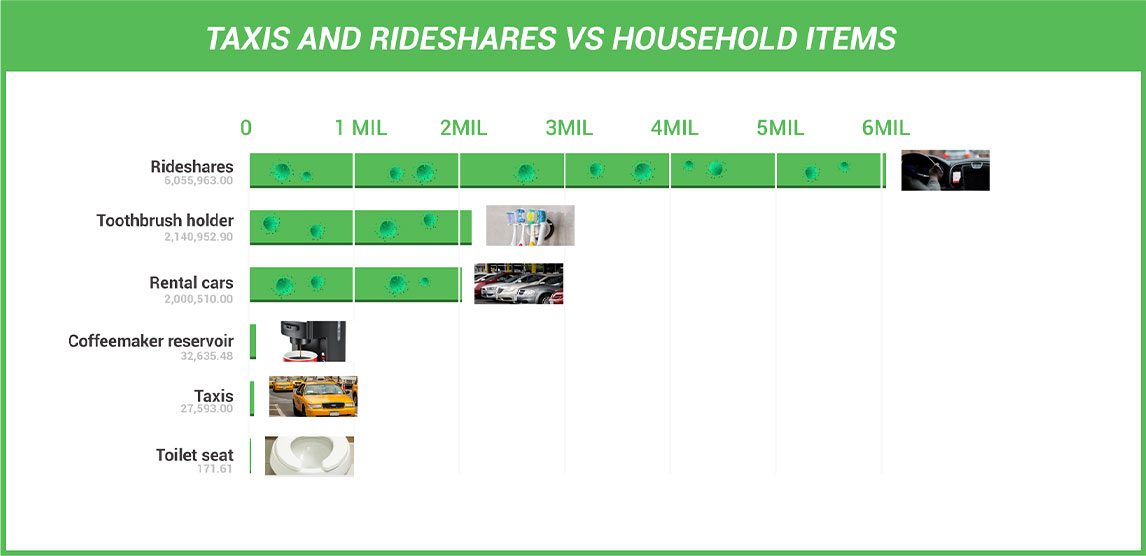COVID-19 and Your Car: What You Need to Know

The new coronavirus known as Covid-19 is sweeping the world. It is almost impossible to turn on the TV or pull up your social media account without heartbreaking news stories and apocalyptic predictions hitting you in the face. Kind of feels like Round 5 with Connor McGregor! What about your beloved car? Is it putting you at risk, as well? Time to find out.
What you need to know about Covid-19 and your car.
Covid-19 is stable on hard surfaces like plastics or stainless steel for up to 2-3 days, according to research. Disinfectants can destroy the virus, but only at appropriate concentrations for a sufficient length of time. Clean your car!
Covid-19 is new enough that we don’t have a lot of information yet. I can’t tell you how many people have been infected via their car, no one knows. Maybe none, maybe some.
The contraction point for many Covid-19 patients hasn’t even been identified yet much less quantified for us, so we have to take whatever information is available and make an educated guess.



